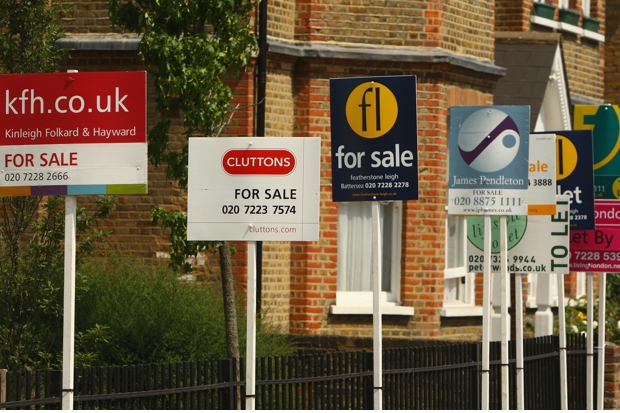There are many things that beggar belief. The enduring popularity of Mrs Brown’s Boys for one. A continued appetite for the songs of James Blunt. And the appointment of George Osborne as editor of the London Evening Standard.
That last one is particularly hard to fathom. But then so is some other news out this morning: a typical home now costs more than seven times income. And I’m not talking about your luxury pads or property in the most desirable enclaves of the capital.
According to the Office for National Statistics (ONS), the typical property now costs 7.6 times average annual earnings of employees in England and Wales. This is a record – and an unwelcome one at that, especially for first-time buyers already struggling to get onto the property ladder. The ONS says that in 2007, the typical buyer faced paying 7.2 times their earnings on a property, but this was surpassed in 2015 (7.4 times) and again in 2016 (7.6 times).
The affordability gap is now so pronounced that, in some areas, house prices versus income multiples have become obscene. Last year Kensington and Chelsea was the least affordable area to buy a property. It had the highest ratio of house prices to annual earnings, with house prices at 38.5 times the median gross annual earnings. This has increased since 1997 when house prices were 11.8 times earnings. In 2016, buyers in Westminster had to pay 24 times typical earnings for the area, and it was 21 times multiple in Hammersmith and Fulham.
Meanwhile, Copeland in Cumbria was the most affordable local authority district in England and Wales to buy a property in 2016, with, on average, house prices at 2.8 times the median gross annual earnings. This has increased since 1997 when house prices were on average 1.96 times earnings.
Nevertheless, the ONS says that all 338 local authorities in England and Wales for which data is available have witnessed an increase in the affordability ratio between 1997 and 2016, ‘and so housing affordability has worsened over time’.
Some commentators argue that the situation isn’t bleak thanks to historically low mortgage rates and the Bank of England base rate stuck at 0.25 per cent. But they omit to mention the large deposits required by lenders, banks’ affordability tests for potential customers and the difficulty in meeting massive mortgage repayments.
All that aside, I have trouble accepting that an average property now costs seven times an average income. Don’t you?
Helen Nugent is Online Money Editor of The Spectator






Comments